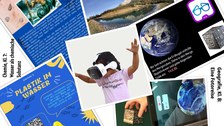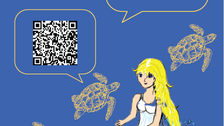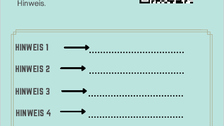ESCAPE FROM YOUR CLASSROOM! DIGITALLY INCLUSIVE TEACHING AND LEARNING: Dr. Frank Beier, Tina Czaja (#FB1)
Format
In the project seminar “Escape from your classroom! Digitally inclusive teaching and learning”, offered for the first time during the 2021 summer semester, students worked independently with open educational resources asynchronously on the topics of inclusion and digitalization in blended learning, followed by a synchronous phase in which the students themselves designed digitally inclusive teaching projects. As a result of the seminar evaluation by the students, the approach was revised and the seminar was held again in the winter semester 2021/2022.
Keywords
Inclusion, digitalization, linking, teacher training, differentiation, blended learning, open educational resources
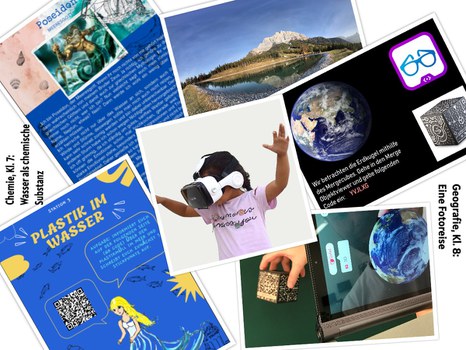
© Dr. Frank Beier, Tina Czaja
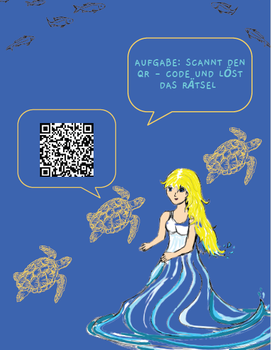
© Dr. Frank Beier, Tina Czaja
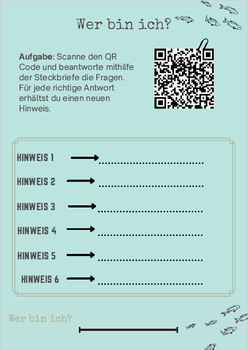
© Dr. Frank Beier, Tina Czaja
Description
At the latest, the Covid-19 pandemic brought into focus the question of the extent to which inclusion has a place in digital teaching and learning. It seems necessary to think of digitalization and inclusion together and to integrate them in the didactics of a given subject. In our project seminar, the theoretical interfaces between both core topics will be presented so that digitally inclusive learning environments and digitized inclusive educational materials can subsequently be developed together with students studying to become teachers. Discussion will focus on the advantages and disadvantages such a holistic teaching of digital and inclusion-related skills has for teacher education, which mechanisms of inclusion and exclusion are reproduced and which differentiation potentials for the individual support of students result from this.
In the 2021 summer semester, for example, students designed a hybrid “exit room” on the topic of water pollution by microplastics. Analog work tools were combined with digital differentiation options, such as worksheets with QR codes for digital learning platforms (e.g. learning apps). Students took into consideration different levels of difficulty, the setting and illustration of texts, and they strengthened learning through cooperation, but also individual learning progress through differentiation. Another classroom project in geography has resulted in a photo tour of different geographic regions and their features, such as the Alpine Mountains, the coastal city of Key West, and the Amazon rainforest. The various regions were brought to life with the help of interactive 360-degree images and corresponding audio tracks. Learners immerse themselves in the scenarios, receive information on the individual regions, and solve tasks accompanied by differentiated digital assistance. This project also implements inclusion by overcoming various barriers, such as hearing impairments, with the use of tools like Anybook Reader.
Takeaways
As a rule, students do not automatically consider the diverse differentiation potential of digital learning environments. However, addressing the issue of inclusion can lead to more sophisticated thinking about educational settings and more systematic inclusion of digital support systems. The synergy of the core topics of inclusion and digitalization shows both the potential and risks of exclusion for teaching, which must be systematically reflected upon.
Contacts:
Dr. Frank Beier ()
Tina Czaja ()
Voting ID
#FB1

